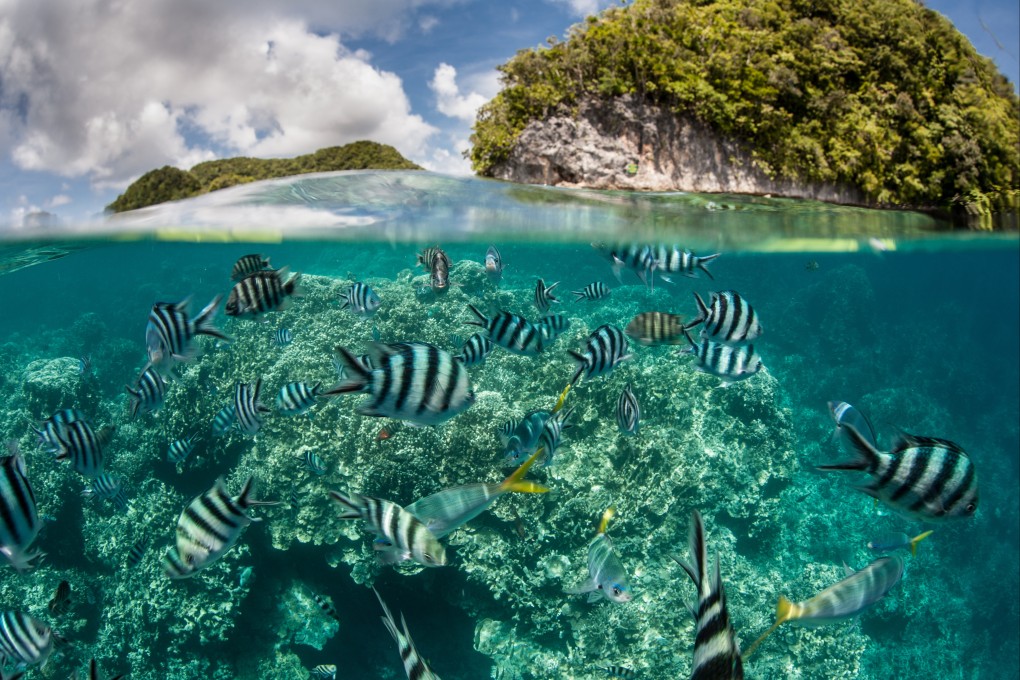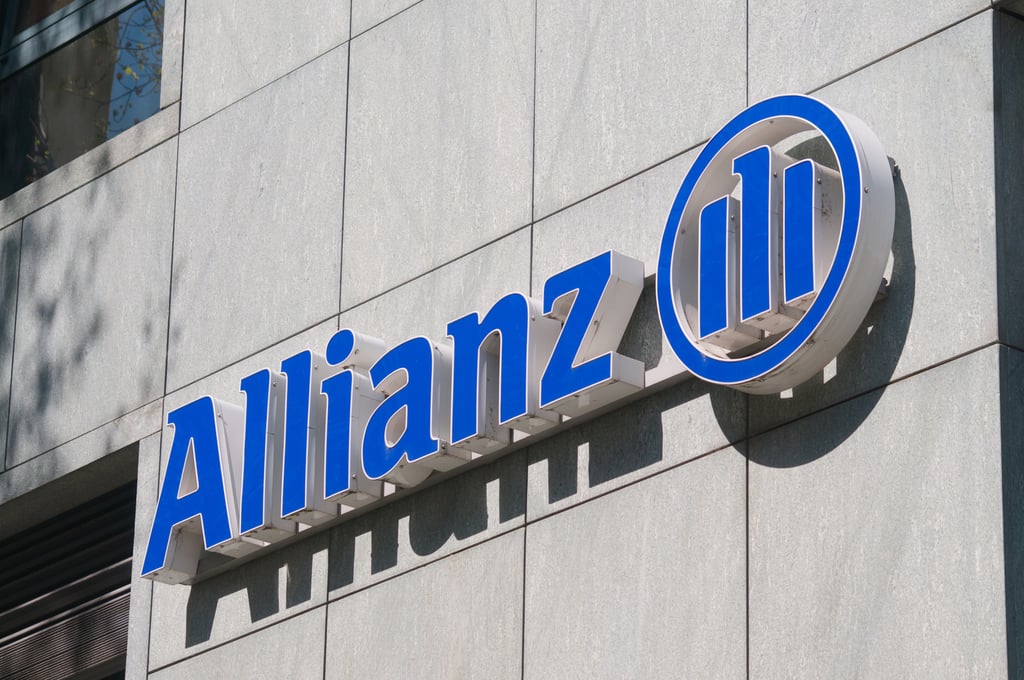Nature and biodiversity: how asset managers are taking up the challenge of gauging corporate harm to land and sea
- Asset managers say they must establish their own assessment tools for this work amid a lack of internationally agreed metrics
- Allianz Global Investors and T. Rowe Price are among the companies developing and using such tools

Asset managers are starting to come to grips with the tough task of assessing companies’ exposure to nature and biodiversity loss, which is increasingly demanding attention from investors due to its interrelation with climate change.
Asset managers must establish their own assessment tools for this work amid a lack of internationally agreed metrics for reliably measuring the harm corporate activities have on nature, as well as the effects of mitigation projects, they said.
“We have now agreed [internally] on a metric looking at land,” Matt Christensen, global head of sustainable and impact investing with Allianz Global Investors, told reporters during a briefing on Tuesday. “We are starting to measure what is happening over time on practices that are harming or helping land resources.”
The effort creates new criteria that the company can put in its investment portfolios to test whether land species abundance is decreasing over time, he said.

The company, which has some €520 billion (US$548 billion) of assets under management, has a data-science team that this year started to adopt the metric for assessing land-based biodiversity impact, and will do so on ocean health impact next year, he said.